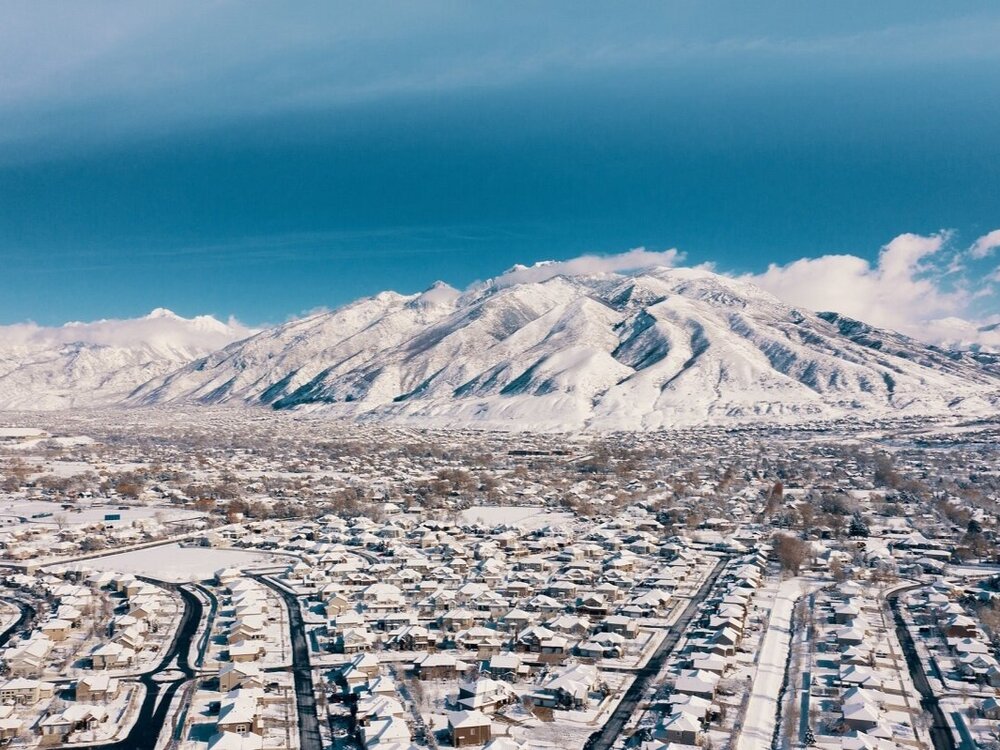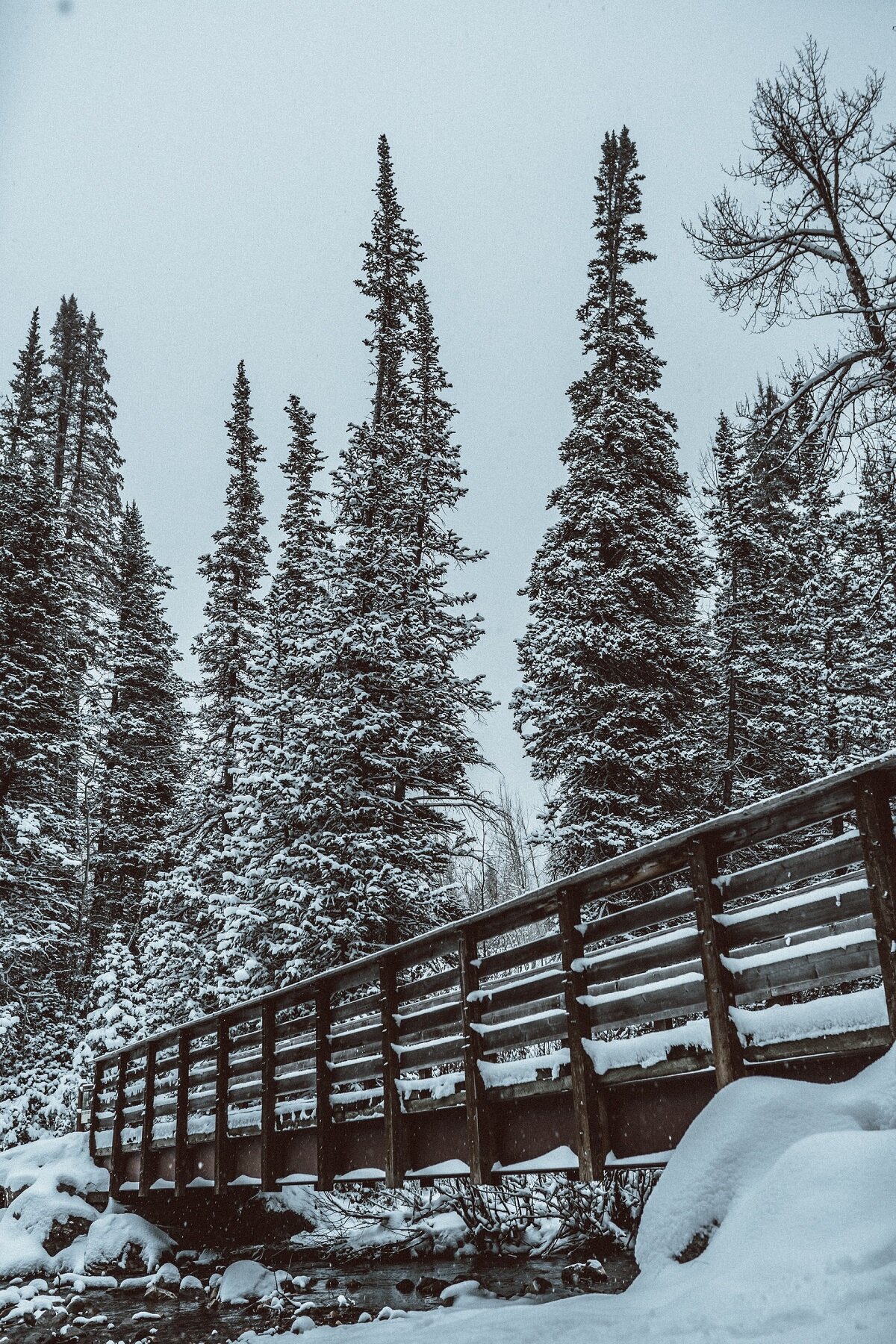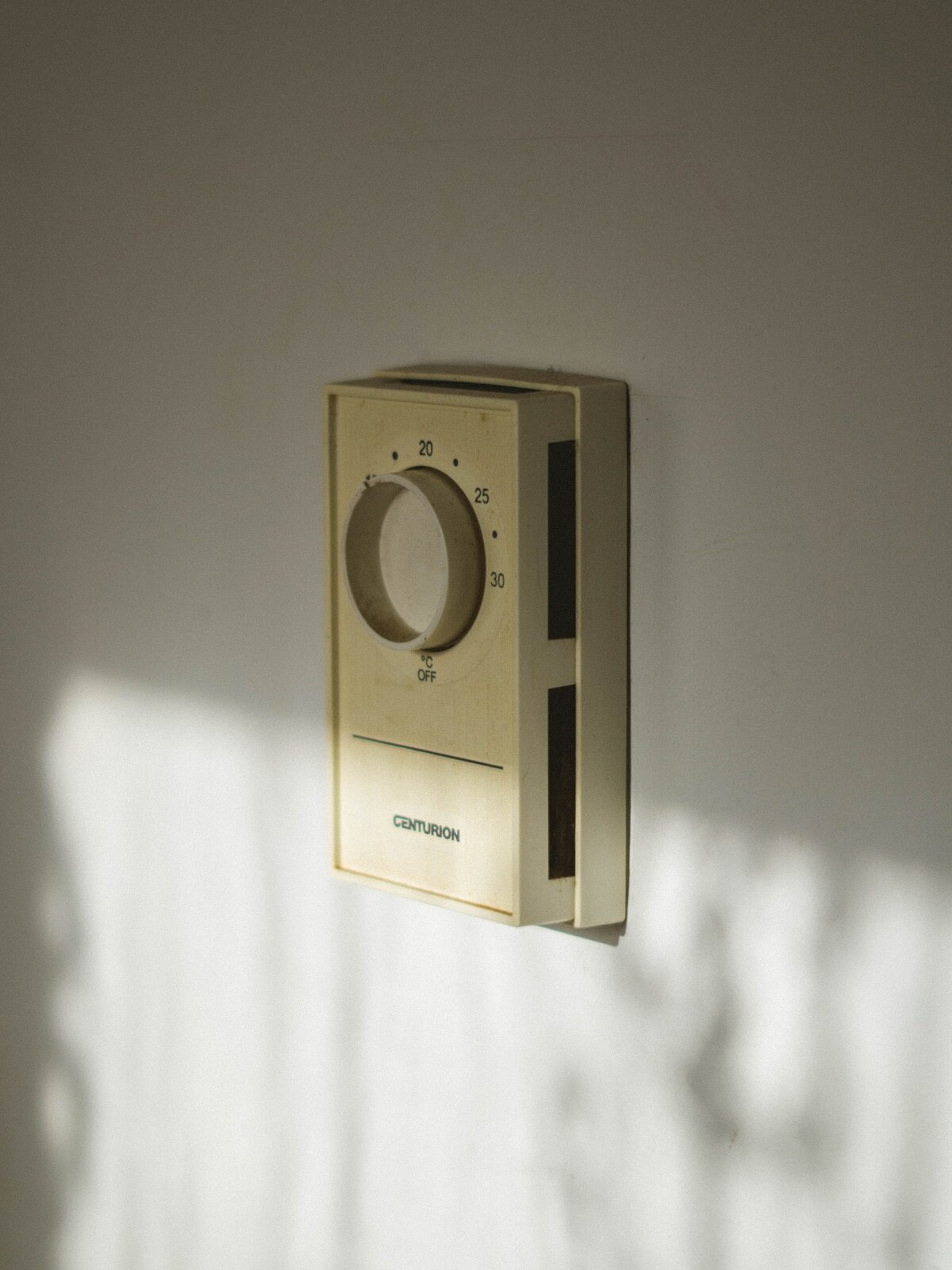November 5, 2020
What Temperature Should I set my Thermostat in Winter? (Utah)


Winter is coming to Utah! We’re well into the crisp, cool weather of fall, and before we know it, snow and freezing temperatures will be here. Get ready to bundle up!
Do you ever wonder, “what temperature should I set my thermostat in winter?” Of course, you want to keep you and your family warm, but you also don’t want to have an astronomical utility bill. So, how do you find the perfect balance between the two?
Today we’re telling you how!
Keep reading to learn the answer to “what temperature should I set my thermostat to in the winter?”
Weather considerations about Utah winters
Utah winters are quite frigid, with average winter temperatures ranging from 3-27 degrees Fahrenheit. However, subzero temperatures with high wind chill factor are very common, too. It is probably not a surprise that snowfall is frequent during Utah winters as well.
This means it is essential for Utah residents to use their homes’ heating systems if they want to stay warm during the winter. Without using a heater in these kinds of temperatures, in-home temperatures can become dangerously cold. But what temperature should Utah residents set their thermostats to in the winter?
What temperature should I set my thermostat in winter?
There’s no one exact answer on what temperature you should set your thermostat to during the winter. However, in general, we believe that 68 degrees Fahrenheit is a good temperature for winter thermostat settings.
But, if you’re going to be home during the day, setting your thermostat anywhere from 68-72 degrees is acceptable.
At night, you may want to set your thermostat to a temperature several degrees lower than 68. Since you can sleep with several layers of clothing on and/or under several blankets, it is likely that you don’t need to set your thermostat quite as high as you do during the day.
We feel that, given Utah’s cold outdoor temperatures in the winter, keeping your home around 68 degrees will keep you comfortable without raising your electricity (or gas) bill drastically.
TIP: If 68 degrees seems cold to you, try lowering your thermostat 1 degree every few days to give yourself time to adjust to the new, lower temperature. As you gradually get used to these new temperatures, you’ll be able to comfortably work your way to 68 degrees.

The secret to energy efficiency during winter months
The real secret to energy efficiency during winter is what you do with your thermostat when you’re not home. The US Department of Energy recommends that you set your home’s thermostat 7-10 degrees colder than its normal setting for 8 hours a day if possible. This could save you up to 10% of your typical energy expenses per year!
For example, if you and your family leave for school and work from 7am to 3pm, set your thermostat to 60 degrees while you’re gone for the day. Once you get home, you can turn it back up to 68 degrees. Additionally, you can turn your thermostat down at night before bed. Anywhere between 62-66 degrees is recommended during these hours to save on your energy bill.
The reason this tactic works and really does save you money is because your house loses heat slower the lower the temperature. So, when you keep your thermostat to a lower temperature, your home won’t lose heat as quickly as it would at a higher temperature. This reduces your energy use, meaning it saves you money! Conversely, the more the temperature in your home fluctuates, due to you changing your thermostat settings, the more energy you use. Those frequent changes can end up costing you a lot of money!
What affects the thermostat and temperature in your Utah home
Home thermostat and furnace problems are common, and they frustrate many Utah residents. After all, you want these appliances to work properly, and you want to be nice and warm during the winter! If you feel like your home is not heating up to what you’ve set your thermostat to, there are a few potential causes you should look into.
Inspect your thermostat to ensure that it is not displaying any error messages and that it looks fully intact. Additionally, your thermostat must not be located near direct sunlight, skylights, windows, and doorways. Furniture cannot be covering or blocking the thermostat. If you notice that your thermostat does look like it is broken, is experiencing an error, or is not located in an ideal location, call an HVAC technician to come inspect your thermostat.

Other winter maintenance tips to help raise the temperature in your home
Finally, we have a few other tips you can implement to stay warm in your home during the winter…
- Close doors, windows, and vents in rooms in your home that you don’t use. This makes it easier to heat the main rooms in your house and retain heat in those areas.
- Make sure you stay on top of annual furnace maintenance and air duct cleanings. This ensures that your heating system can work as efficiently as possible.
- Check your windows, doorways, and door jambs for cracks. Seal off any cracks that you find to ensure that cold air can’t seep into your home.
- Get cozy in your home. Dress warmly, and cuddle up with lots of blankets. You can even use hot water bottles and/or an electric blanket. This will make it easier to turn down your thermostat an extra degree or two.
Now you know what temperature to set your thermostat to in the winter in Utah!
Now you know the answer to the question, “What temperature should I set my thermostat in winter?” and can plan accordingly for the upcoming winter.
The goal is to keep you warm so you can enjoy the wonderful winter holiday season, but also keep you from spending too much on utility costs.
If you have any other questions about your thermostat, furnace, and/or heating system, feel free to give Crystal Clean Vents a call! We’d be happy to help however we can with HVAC inspections and cleanings for Utah residents.

Leave a Reply